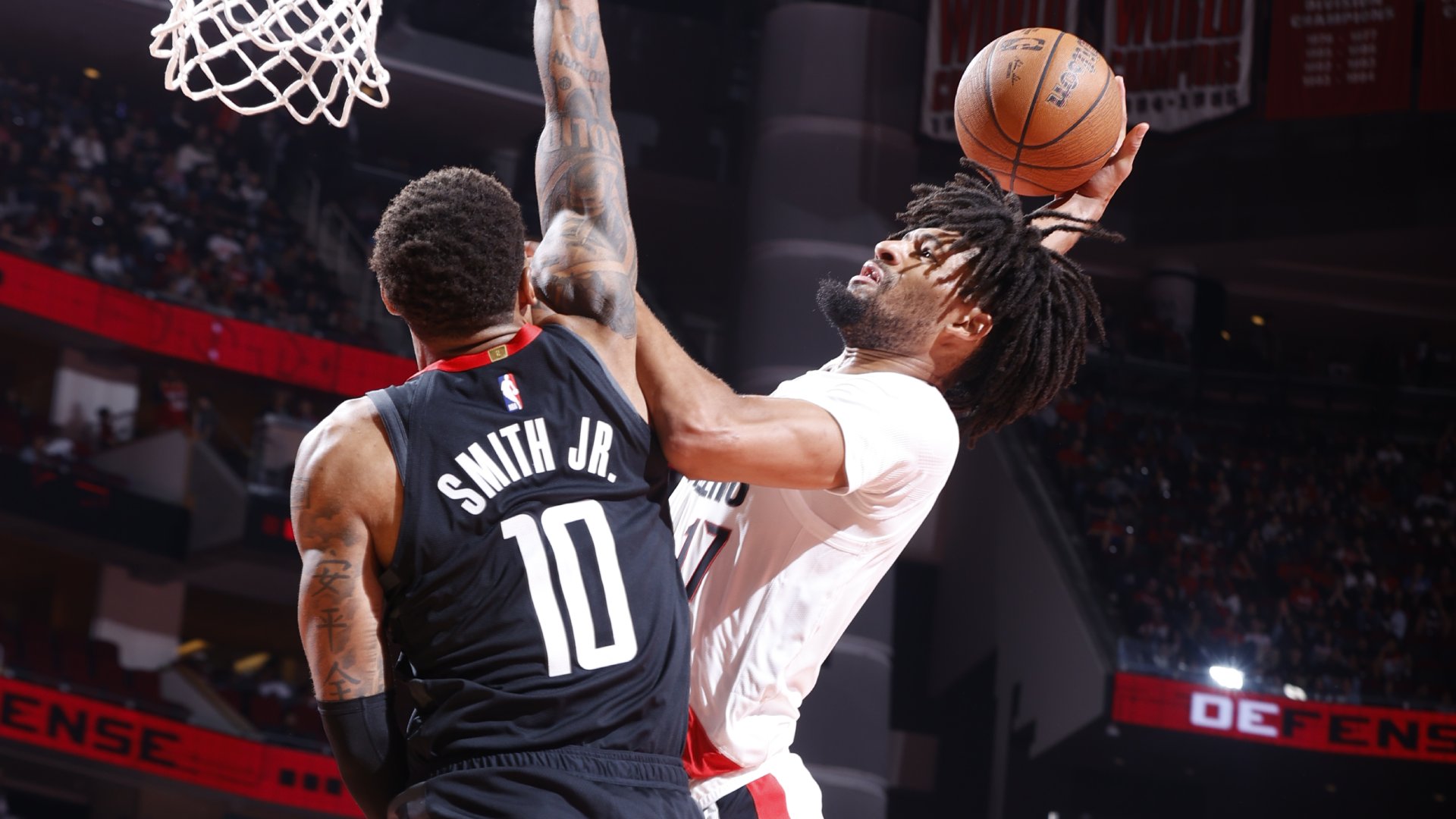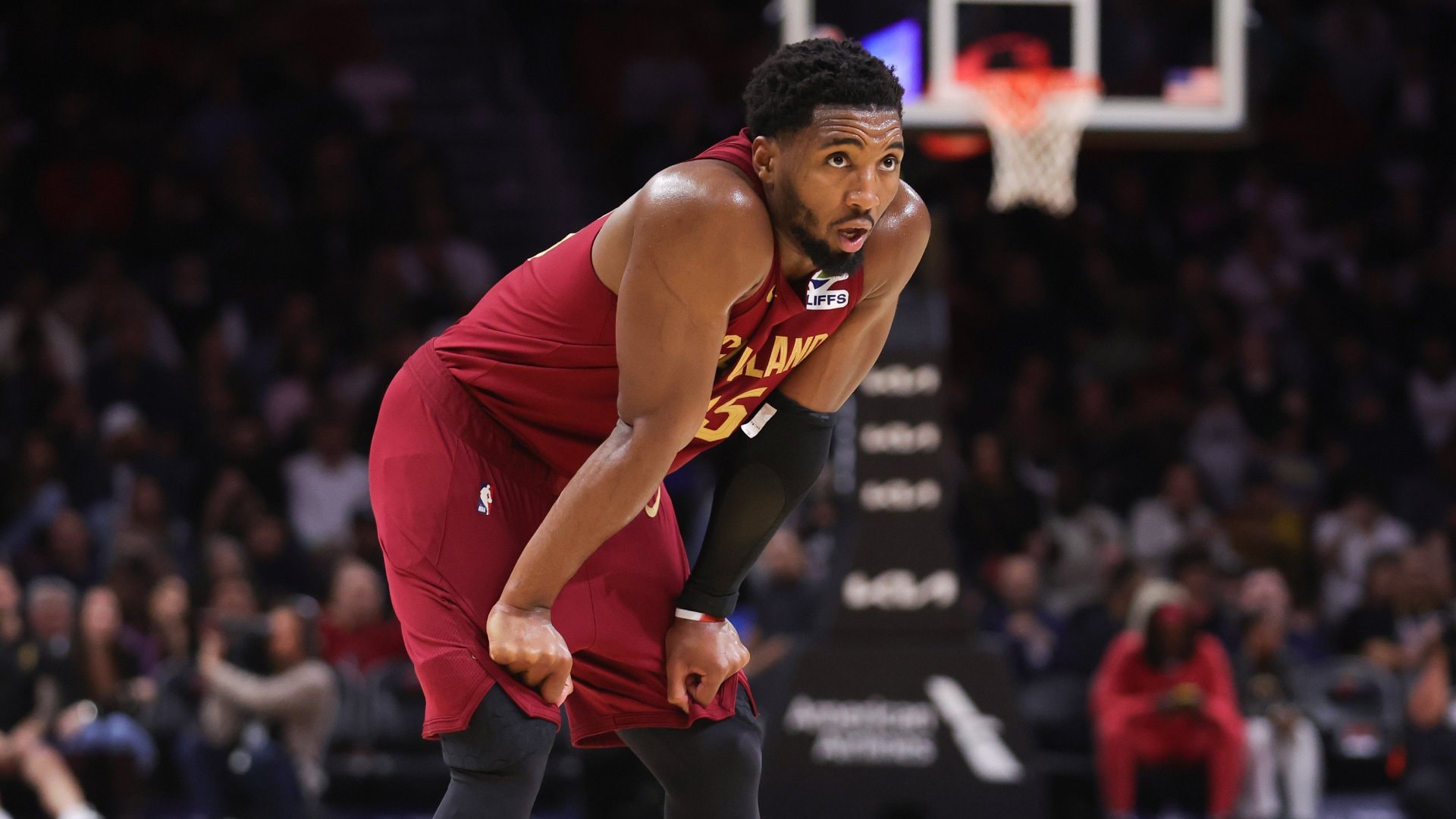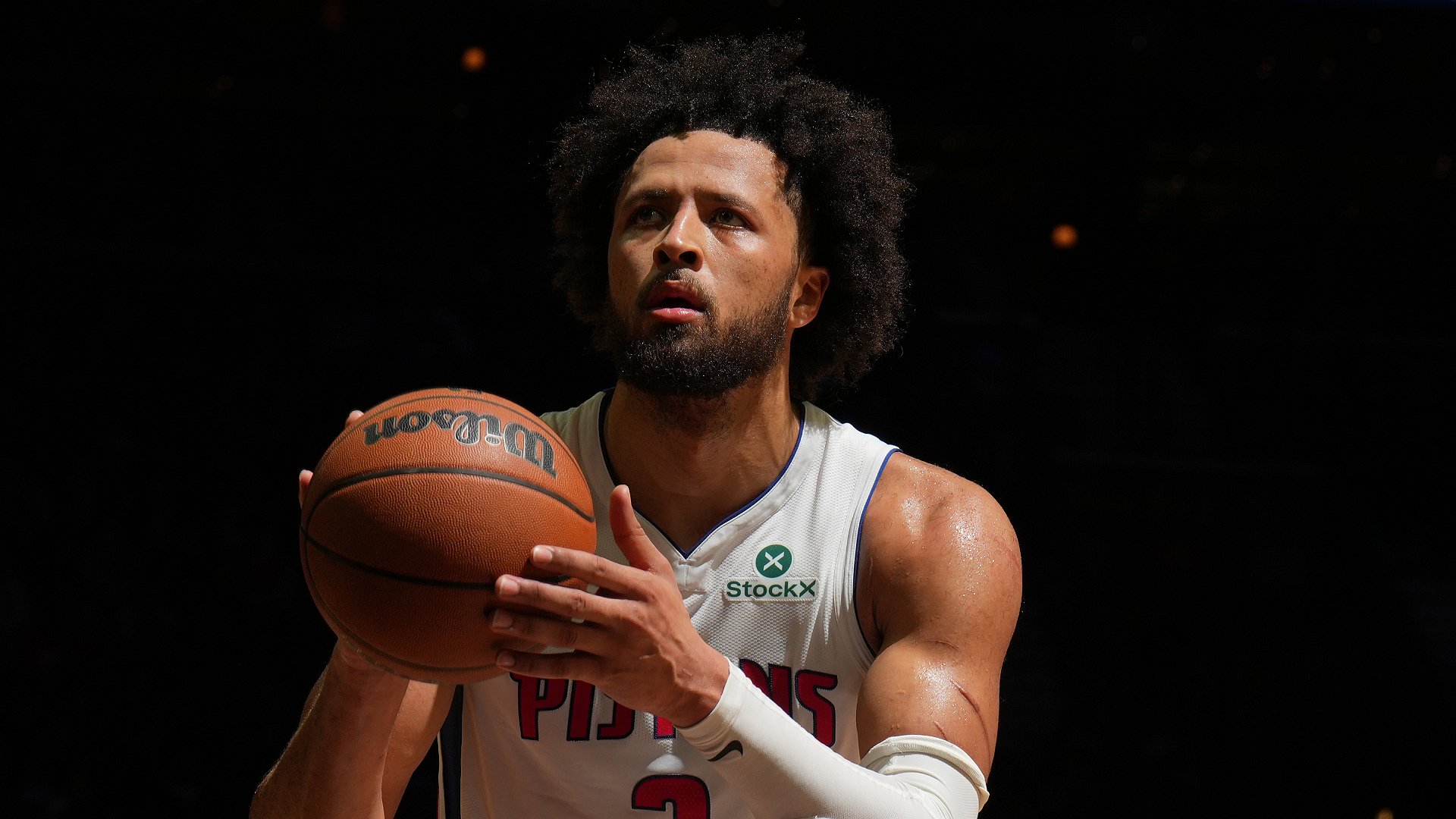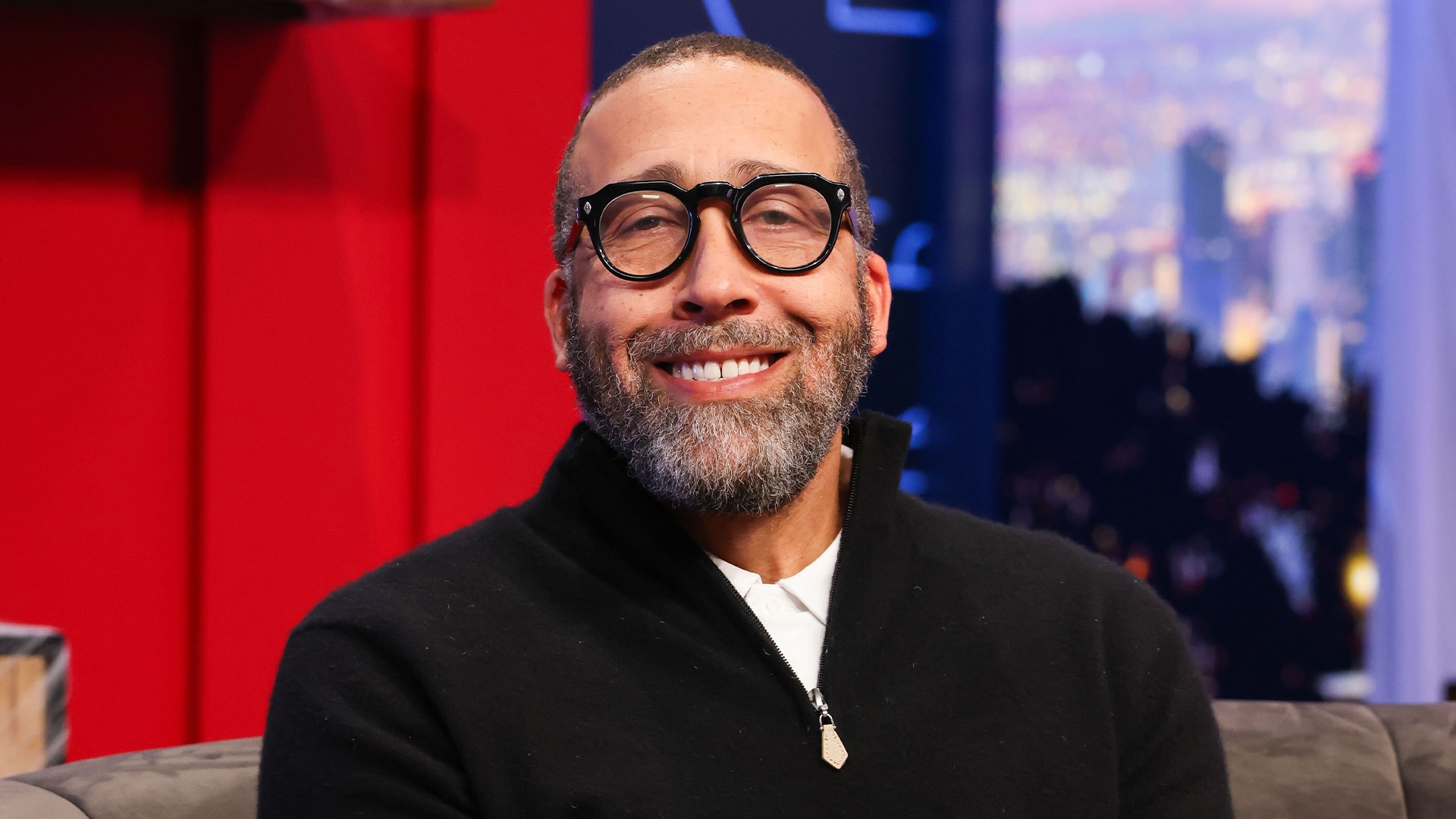
Cavaliers coach Kenny Atkinson is the 2024-25 NBA Coach of the Year.
The education of an NBA head coach doesn’t begin with success.
The lessons start when the same red carpet that welcomed you is pulled and the security code is no longer valid at the practice facility and a search begins — for your job, the one you worked a lifetime to get.
It begins when you’re fired.
That’s when you learn if your networking contacts are strong, and if your family wants to move again, and if 29 other teams took notice of your performance when your team played them and maybe will toss a lifeline.
That’s when you also look within and wonder if you still have what it takes to survive in this particular world — the smarts, the stamina, the sanity.
This is springtime, when the coaching fraternity loses some of its members. Although this year has been different and more unforgiving than in recent memory, if ever before. Because the dismissals couldn’t even wait that long.
Mike Brown last summer signed a contract extension through 2026-27 with the Sacramento Kings and was fired in December, while waiting to board a flight to Los Angeles for the next game. Taylor Jenkins was shown the door in March, suddenly no longer at the helm of a Memphis Grizzlies team in the thick of playoff contention at the time.
And, stranger still: Michael Malone was dismissed just three games from season’s end in Denver, while Mike Budenholzer’s stay with the Phoenix Suns lasted one year into a five-year contract. These Mikes were no longer liked despite winning championships — Bud in 2021, Malone in 2022. Not to mention, Bud replaced Frank Vogel, who lost two jobs in four years after winning a title in 2020.
So, yes, the lessons come hard and sometimes fast. If they register, then the setback becomes a comeback and you find yourself working harder and smarter than ever in your next stop with a chance to win … Coach of the Year?
Well: That would make you Kenny Atkinson, the 2024-25 NBA Coach of the Year. He’s the coach that the Cleveland Cavaliers needed to win 64 games, grab the top seed in the Eastern Conference and earn a reasonable chance to win it all.
“It’s crazy how you can go to another place and it turns out to be the best for you,” he said.
The firing: ‘That one hurt’
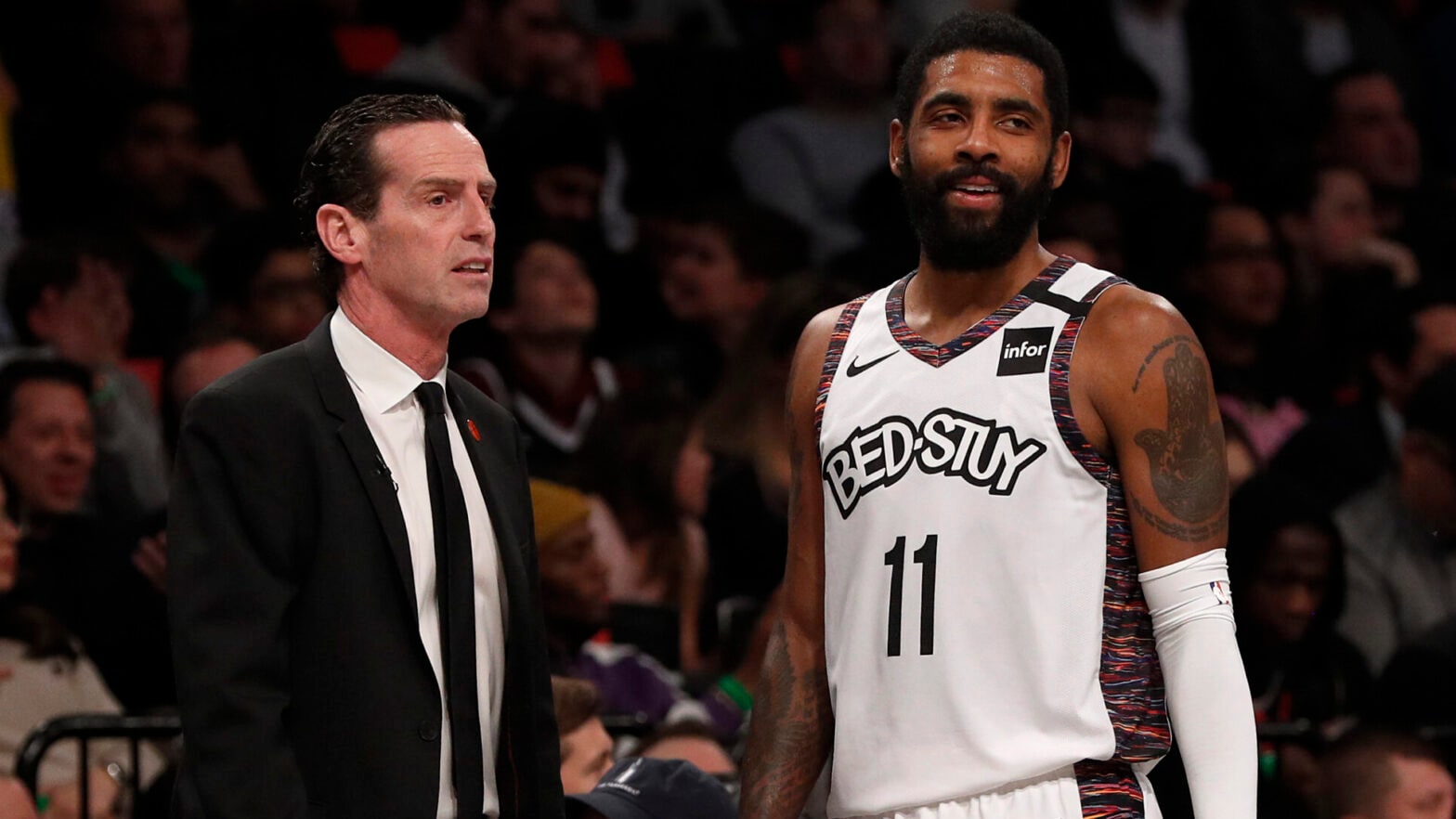
A native of New York, Kenny Atkinson’s homecoming as the Nets head coach ended quicker than he expected.
Atkinson’s dream was to stay a minute in his first NBA head coaching job, with the Brooklyn Nets, except this is the NBA, where the leash is sometimes short and the outcome sometimes unfair.
It was the right fit, for all the right reasons, until it wasn’t. Atkinson was born and raised minutes away, in Long Island, so this was a homecoming. What could be more blissful than a prosperous career among friends and family? A true New York story?
He put in his dues. He earned it after being an assistant coach for eight years with the Knicks (where he groomed Jeremy Lin and launched Linsanity) and Hawks, including their 60-win season. All along, he was “next up” among assistant coaches, the one who topped lists for the next opening, the one equipped to move one seat over on the bench.
Here’s the catch, though: These first-time job openings are mainly with teams that need lots of work. Insert the Nets, who came calling in 2016. He inherited the worst team in the league, with little talent and even fewer Draft assets. Predictably, they finished 20-62 in his first season and only improved by eight wins in his second.
Then, the rebuilding breakthrough: Brooklyn reached the playoffs in year three. It reflected well on Atkinson, who developed young talent, which prompted the Nets to swap some of said talent to accelerate the process. Suddenly, in 2019-20, Atkinson was gifted Kevin Durant and Kyrie Irving, past champions and all-time greats.
He never finished the season, leaving by “mutual decision” — disguised as a firing — with 20 games left, a head-scratching dismissal.
The Nets were just 28-34, but Atkinson never coached Durant, who was mending from Achilles surgery, and only got 20 games from Irving before he was done with shoulder surgery. However, following a team meeting, the front office wasn’t sure those centerpiece stars supported Atkinson, and therefore grew skittish.
“That one hurt,” Atkinson admitted. “Hurt me, hurt my family; they were settled in Brooklyn. You’ve got to sit down with your kids, tell them you’ve been fired. And it’s also not just personal, but a competitive and pride thing. I’m a local. I do think in another city the blow would’ve been less, but coming to New York, it was more. I wanted to stay long there.”
The lesson: This is a superstar-driven league. They’re empowered by their teams. Most are secure, others less so. All bring massive egos and it’s up to the coach to connect, communicate and sometimes placate.
Atkinson is affable by nature, and at the same time, demanding of himself and his team. He grew up in a family of eight boys who slept in bunk beds and in that situation, you learn to box out and be aggressive. Mix in some New York toughness and perhaps his persona wasn’t agreeable with some players.
Atkinson went as far away from Brooklyn as possible, to LA with the Clippers, to work with Ty Lue and reboot. He stayed for a season.
Then the phone rang. It was Steve Kerr. He wanted Atkinson on the Warriors’ bench. A chance to be a voice in the room with Stephen Curry, Draymond Green and Klay Thompson was a no-brainer. This wasn’t such a step down.
This was a chance to refresh for the next opportunity. Throughout three seasons with the Warriors — one of which earned him a championship ring — Atkinson took notes and wasn’t too proud to learn.
“I observed Steve’s communication, how he relates to star players, and I also learned a ton from Draymond and Steph, watching how they operate,” he said. “I got to see them in a situation after being down 2-0 to the Celtics in the Finals and how they reacted.
“I was observing, and I feel much more confident and comfortable after that experience. I got to go to the conference finals with Ty and win a championship with Steve. Funny how life works.”
Life with the Warriors was good enough for Atkinson to turn down the Hornets’ job, mainly because he didn’t want to put his family through another move across the country so suddenly.
A few years later, the timing was right, in so many ways, to accept the Cavaliers’ job last summer.
The flourishing: ‘Right time, right place’
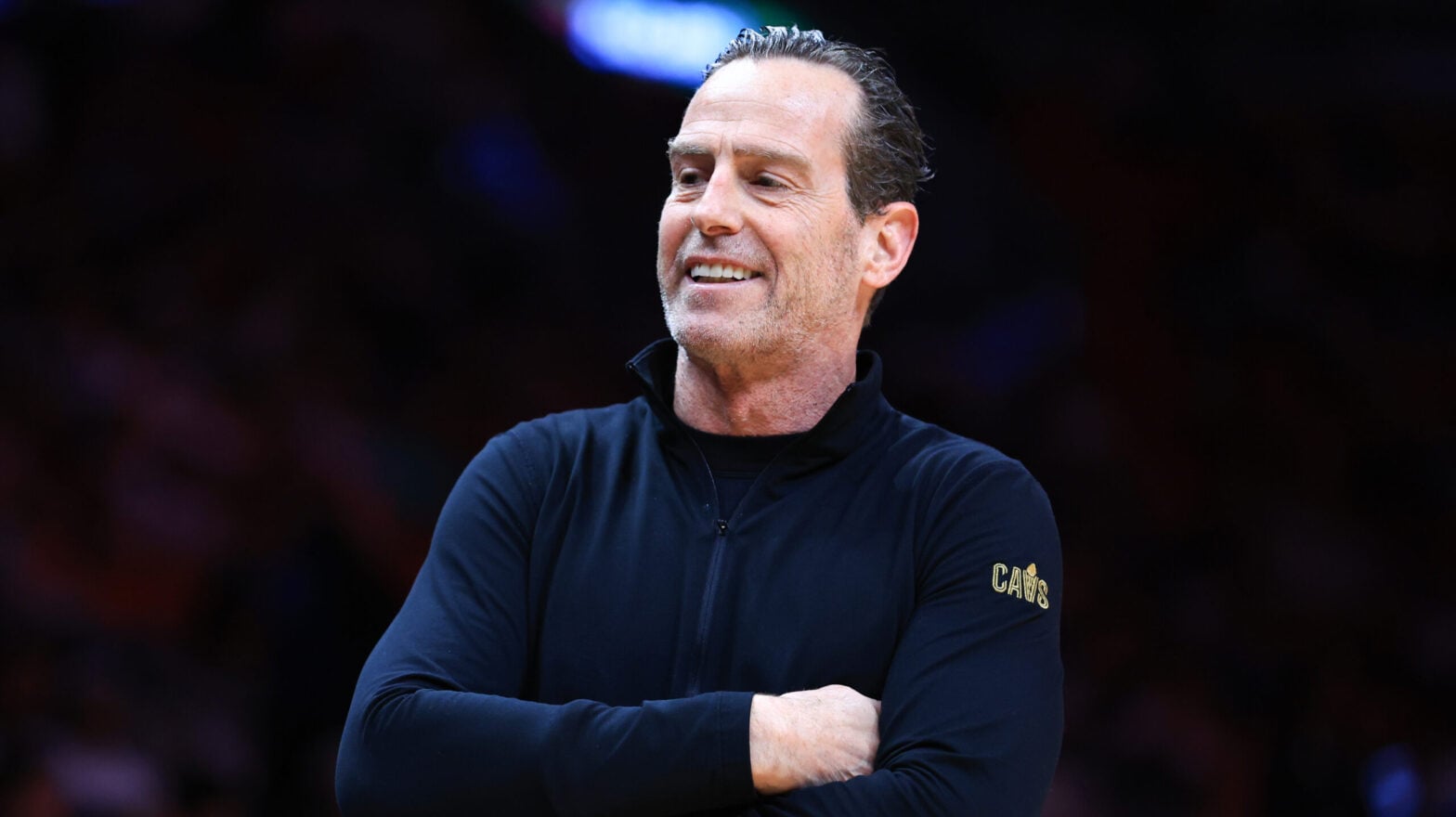
Kenny Atkinson led the Cavaliers to the No. 1 seed in the Eastern Conference.
The coach and the team needed each other. Atkinson wasn’t walking into a rebuilding situation he once had with the Nets. The Cavs had a star in Donovan Mitchell and a strong supporting cast but underachieved two straight years in the playoffs, winning one round. Atkinson was an experienced coach and suddenly, a wiser one.
“I’m definitely different,” he said. “I’ve changed. I wouldn’t have been ready for this job before. I needed to get fired, needed those experiences, needed to go through all that.
“Now I feel super confident in my own skin, whereas before, maybe not that much.”
Atkinson’s biggest task was forging a trusting relationship with Mitchell, first and foremost, and Darius Garland. He also got those guards playing in harmony, which positioned the Cavs for success. Evan Mobley emerged as a defensive force this season, and Ty Jerome developed into a solid bench player who came from nowhere.
The Cavs’ offense leans on motion and is diversified; when Mitchell has a rare off-night, others are positioned to step in and compensate. Everyone eats.
The reviews are in and they’re positive.
Mitchell, who approved of Atkinson’s hiring: “He put in a system that everyone bought in. You see the confidence in this locker room and he helped build that.”
Garland: “Players are feeling they can contribute every night, that everyone has a role, and that hard work is rewarded. Doesn’t matter who you are.”
The Cavs were ready-made to win when Atkinson arrived, but those situations can also be tricky. Budenholzer will attest to that after a poor season with three stars in Phoenix.
“The timing is huge, for me to get this team where they are in their evolution, for me coming from my Clippers experience with Ty and then Steve at Golden State, to see how that all worked, coaching superstars, coaching elite teams,” he said. “With Brooklyn, I was just a new coach with a young team trying to come up. This is a contending team that I’m super lucky to coach. Right time, right place.”
Atkinson doesn’t have his head in the sand; he witnessed all the coaching chaos around him this season and as someone who has been there before, he put those firings in perspective.
“You almost become numb to it,” he said. “I say I’m not surprised. Because I know, from just being around the league, so many things have to be aligned, from ownership to front office to coaching. There are just a lot of moving pieces. And if they’re not all aligned and it gets off-kilter, it’s so delicate.”
That said: There are only 30 such jobs in the world, and they pay extremely well, and everyone will meet the same fate at some point.
“We all signed up for it,” he said, before laughing, “I’m going to be ready for it next time.”
The business of coaching
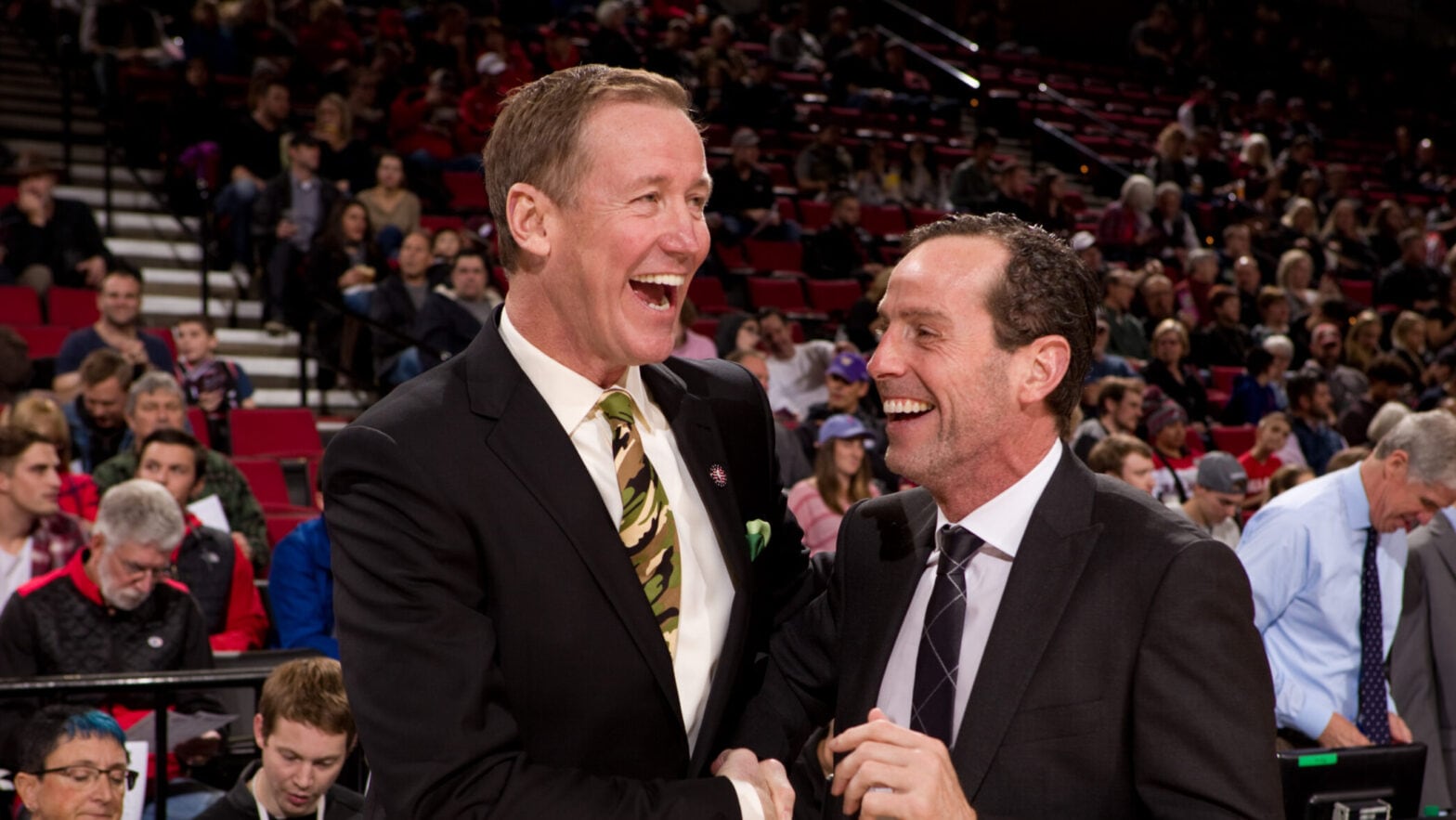
Former Trail Blazers coach Terry Stotts (left) replaced Kenny Atkinson as an assistant coach on the Warriors’ bench.
The NBA coaching world is always revolving, always evolving. To get a job, someone must lose that job. One coach’s pain is another coach’s gain.
What happens after being dismissed? Everyone’s next journey is different. Some get another chance, some become lifetime assistants, some wait by the phone.
Here are examples of head coaches and what happened when one door closed:
Doc Rivers
What happened: Rivers has been through the drill more than most current coaches. A former NBA champion and Coach of the Year, he was released by the Magic, Celtics, Clippers and 76ers — and with the exception of brief TV stints in between, he found work almost immediately. He’s now coaching the Bucks.
The aftermath: Rivers was asked if he ever knew the end was coming in those jobs, and his answer is quick:
“In almost every situation, you know before it happens.”
Usually, it’s the general manager breaking the news, although in the case of the Clippers, it was Steve Ballmer, the owner.
“I actually appreciated that,” Rivers said. “That’s how you should do it with the owner; he’s the guy who hired you. In my situation, Steve and I went back and forth about my job status. I don’t know if Steve fired me or I fired myself. Because I didn’t feel like Steve was committed to having me.”
Rivers saw the handwriting with the Clippers in 2020.
“We lost a 3-1 lead in the bubble. Then you read later that some players decided they wanted to go home. They didn’t want to be there anymore. I lost my job over that.
“Having said that, when Steve took the team [in 2014], I was already there. I never felt like I was his guy. And I told him that. I said, `Steve, if you want to hire your own guy, do that.’”
After leaving the Clippers, Rivers said he had three offers the next day. He took the Sixers job. And his old Clippers job? That went to the coach he groomed, Ty Lue.
Terry Stotts
What happened: Stotts has the second-most coaching wins in Trail Blazers history and stayed in Portland for nine years — a lifetime for most coaches. He made the playoffs all but his first season, steered the Blazers to a conference finals appearance and through Damian Lillard’s prime.
The aftermath: Stotts is now an assistant coach with the Warriors, an arrangement that favors him and the team. That’s because Steve Kerr has always been fond of having an ex-head coach on staff — Stotts follows Mike Brown, Kenny Atkinson and Alvin Gentry, among others.
If he never gets another shot at being a head coach, Stotts seems at peace. He’s 67, has money in the bank, still thankful to be on a bench in a coaching capacity.
“After being fired, it was bittersweet because of the relative success we had [in Portland],” he said. “It didn’t come out of the blue, so I wasn’t aghast as to why. I was in the last year of my contract three times in Portland.
“I interviewed next with Indiana and Rick Carlisle got the job. But at my age, I wasn’t desperate. In these situations, everything depends on the status of the coach, the amount of options and whether they made a ton of money. When I got fired in Atlanta, I was young and knew I had to keep working. After Portland, it was a different stage in my life and I could be more selective in what I wanted to do next.”
With no children and the freedom to move and the financial security to be choosy, Stotts saw a great chance to work with Kerr. It was a perfect landing spot.
“He allows all of us to have a voice,” Stotts said. “He manages the staff well. Has a great ability to include everybody, but he’s selective in what he wants to do. He’s very respectful of my opinion about basketball. There were sometimes I’d go, `He’s not doing what I suggested,’ but I understand because I’ve been there. As a head coach, you have to make that final decision.”
Dave Joerger
What happened: Joerger fits the definition of a coaching grinder, having spent years in the minors (where he won five titles), as a head coach with the Memphis Grizzlies and Sacramento Kings, and as an assistant with four NBA teams. He was fired by the Kings in 2019 after three seasons.
The aftermath: He’s now an assistant coach with the Bucks, following Rivers from the Sixers, where he was on the staff. Joerger most identifies with the Grizzlies. He started as an assistant and then, as head coach, he never had a losing season and made the playoffs all three years.
He knew enough about the sometimes volatile coaching world to not get too comfortable in one place. That prepared him for the inevitable.
“We lived in Memphis near a military base,” he said. “Those in the military lived that same lifestyle, so they really understood. When I spoke to them, I said, `I might get to know you for two years, three tops and then we’re going to go to the next place.’ We related very well with them, as far as the moving life.
“When you have to move, it can put a strain on kids, relationships. Sometimes you pick a home base. You have your family stay there while you go work out of town, for another team. You see that a lot.”
When one job ends, the networking begins. Joerger was well-regarded in the fraternity; still, recommendations served him well.
“Sometimes you have to wait and sit out, sometimes you’re able to go on to the next place,” he said. “A head coach might suggest to another one through his coaching tree and say, `Hey this guy can really help you.’
“There are positives to this business. But it can be harsh, it can take a toll. You have to brace yourself for that as best you can.”
* * *
Shaun Powell has covered the NBA for more than 25 years. You can e-mail him here, find his archive here and follow him on X.
The views on this page do not necessarily reflect the views of the NBA, its clubs or Warner Bros. Discovery.





